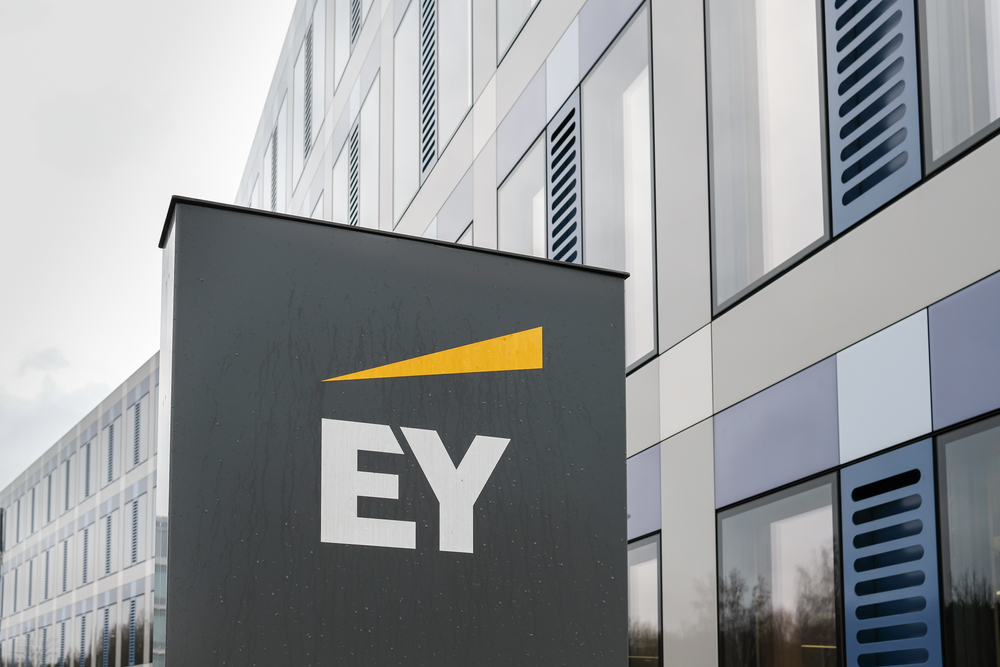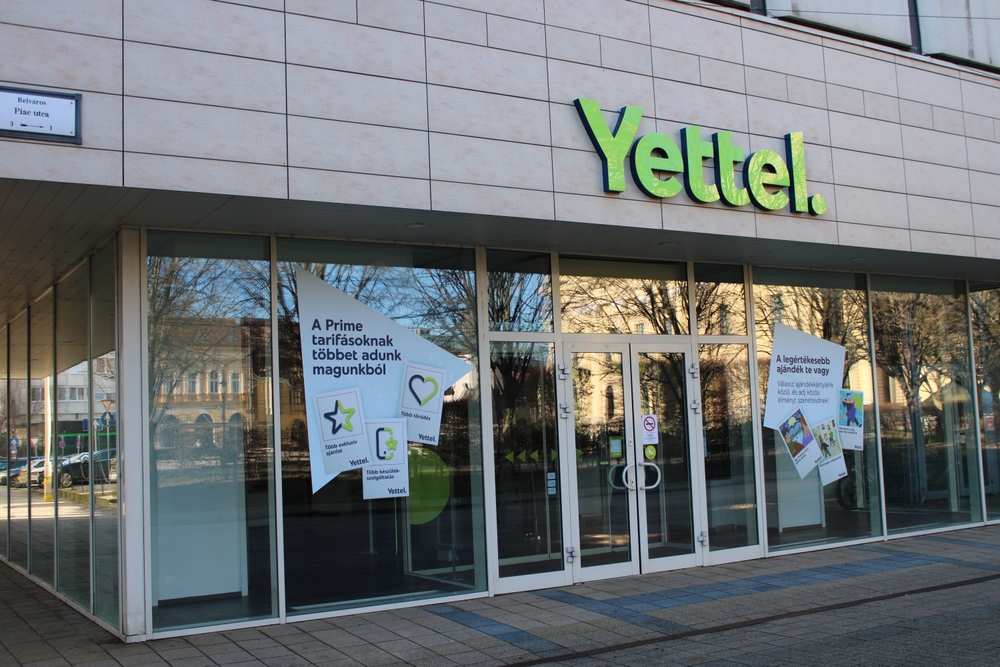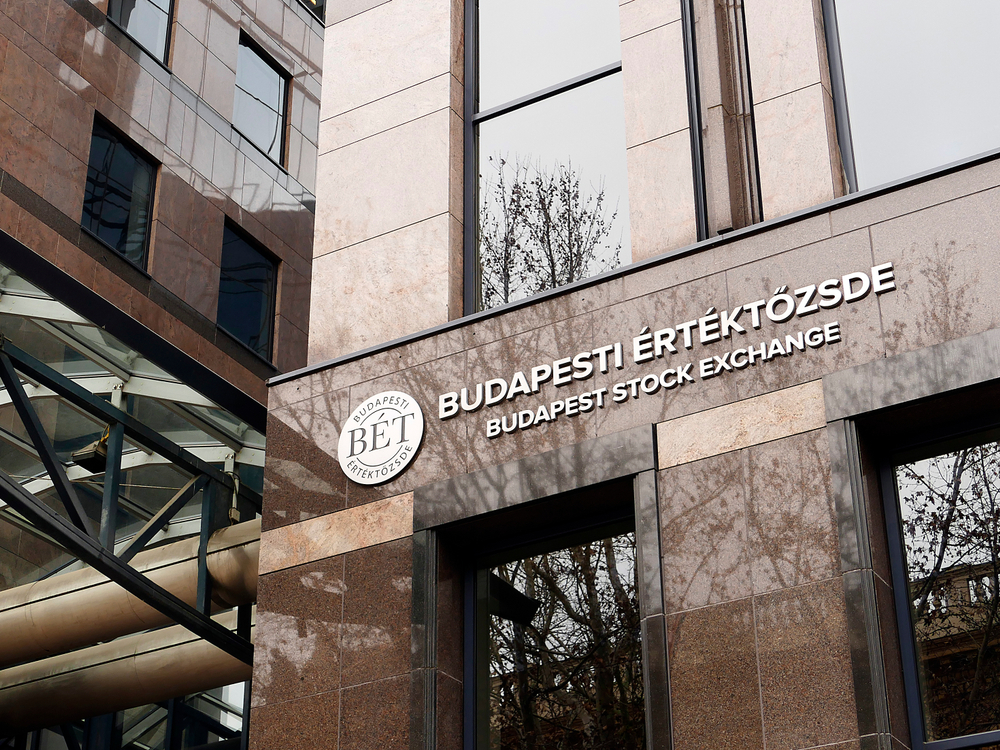The Notorious 5G: Opportunities and Legal Challenges
Dóra Petrányi, Partner and CEE Managing Director; Head of the Technology, Media, Telecommunications (TMT) practice, CMS Budapest; Eszter Csapó, Senior counsel, TMT practice, CMS Budapest
5G is one of the hottest topics in the tech industry, with high expectations and a wide range of concerns from conspiracy theories to legitimate worries. Since 5G deployment is currently underway, let’s focus on some key benefits of the technology, along with a few potential legal and socio-economic issues.
The fifth generation of mobile networking technology is expected to be one of the fastest wireless technologies yet created. In fact, through its significantly improved performance characteristics, 5G is the first mobile technology truly able to extend the reach of broadband wireless services.
Compared to 4G, 5G offers higher speed (more bits-per-second able to travel the network), lower latency (the time taken for device-to-network communications), less power consumption (it can rapidly switch to low-energy use when cellular radios are not in use) and better use of bandwidth (due to the greater number of devices that can be connected to the network).
Such performance upgrades will speed up the evolution of new technologies and the development of existing ones, including the Internet of Things through which devices could transmit data over the internet. This technological advancement will most probably revolutionize the way we live and work but also implies various legal challenges and consequences, some of which will have to be addressed soon.
Despite the potential benefits, there is a genuine concern that the high levels of investment needed to deploy 5G would deter operators from investing in 5G networks outside of densely populated urban areas. As a result, rural and even suburban areas are less likely to enjoy the benefits of 5G, potentially widening the digital divide.
Another significant advantage of 5G is network slicing (meaning that the same physical infrastructure can host several networks) which also brings some legal concerns. As the result of network slicing, an internet service provider could provide various services with different performance characteristics (e. g., download speed, latency, or download usage limits) on the same physical network to meet a particular need. That could lead to the infringement of the current principle of net neutrality, the concept of an open, equal internet for everyone, regardless of device, application, or platform used and content consumed.
The implementation of the 5G technology could pose other problems related to data protection and cybersecurity. The increase in the number of participants (manufacturers, developers, network operators, and service providers), thus increasing the complexity of the service chain in respect of services optimized for 5G, could:
(i) make it necessary to distribute the liability of these participants transparently so that the final recipients of the service can clearly identify against whom they should assert their potential claims;
(ii) make it necessary to provide the users with additional means of control over their processed and stored data;
(iii) make the information of the data subjects (especially regarding the person of the data processor, the purpose of the processing of data, and the exercise of the rights of the data subject) an even more essential issue.
In addition, due to the significantly greater bandwidth of the 5G network and consequently the greater number of devices (and users) connected to the network, it might become easier for hackers to find ways to exploit vulnerabilities. There is also a concern that, with increased connectivity and speed, it will be easier for cybercriminals to gain access to data and systems. Therefore, particular attention should be paid to applying suitable security measures within 5G networks to ensure the integrity of the network and the safety of the users’ data.
To summarize, the development of 5G networks enables various sectors to improve and broaden their performance in new directions. However, this process also entails legal challenges that need to be addressed to prevent the risks associated with the latest technology from overshadowing the benefits of 5G.
This article was first published in the Budapest Business Journal print issue of November 5, 2021.
SUPPORT THE BUDAPEST BUSINESS JOURNAL
Producing journalism that is worthy of the name is a costly business. For 27 years, the publishers, editors and reporters of the Budapest Business Journal have striven to bring you business news that works, information that you can trust, that is factual, accurate and presented without fear or favor.
Newspaper organizations across the globe have struggled to find a business model that allows them to continue to excel, without compromising their ability to perform. Most recently, some have experimented with the idea of involving their most important stakeholders, their readers.
We would like to offer that same opportunity to our readers. We would like to invite you to help us deliver the quality business journalism you require. Hit our Support the BBJ button and you can choose the how much and how often you send us your contributions.








